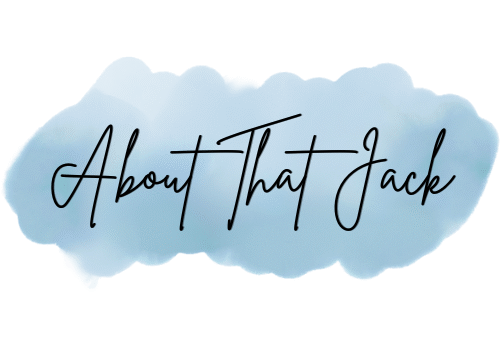 There are numerous challenges involved in recovering from trauma and CPTSD One of those difficulties is that recognizing something that heals also meant recognizing something else that hurts.
There are numerous challenges involved in recovering from trauma and CPTSD One of those difficulties is that recognizing something that heals also meant recognizing something else that hurts.
For example, If I acknowledge that it was my abusers fault, then that meant there was nothing I could have done to help myself. Or If I acknowledge that I can now be the person I needed as a child, then that meant I have to admit that I never had a proper childhood or know what that means.
To acknowledge something that heals me means a different hard thing has to be true. It’s why we have to surrender to our healing, and overcome ego.
Sometimes, recognizing what brings relief, like a healthy relationship, a safe environment, or even just feeling peace, can make the pain of what wasn’t there before feel sharper. It’s like your nervous system starts to realize what it should have had all along, and that realization itself can be painful.
That’s why being emotionally ready to heal is so critical.
It’s Important To Find Safety in Vulnerability
It’s hard enough for anyone to be vulnerable, but for us especially, because being vulnerable would have literally destroyed us. To reach a point when we are ready to heal, we have to get to a safe enough place where we can be and say, “There was nothing I could do; I was helpless.”
I do hate that we have to be victimized to be a survivor, that naming itself carries so much pain, but also a strange sort of reclamation. The healing starts when we don’t have to keep proving we were strong enough to survive, because we did. Now, we can change that view and be who we choose to be.
I also find the phrase “you can choose how you react” can come off as invalidating, especially when people ignore the deep, automatic survival responses that come with complex trauma. It’s not about a lack of willpower or attitude. It’s about nervous systems that were shaped by experiences we didn’t choose and couldn’t control. We are not pretending everything’s fine, we are acknowledging the hard truth and still moving forward with strength and self-awareness. That’s real healing.
To heal, we need to be compassionate to ourselves and forgive ourselves for our mistakes. More importantly, we need to forgive ourselves for living with CPTSD. It’s not something we chose, and it’s unfair. Forgiveness requires a deep understanding of our circumstances, past, identity, and actions. This is a hard fact. It’s difficult to let go of your ego. It’s not a concrete, once-done process. It takes time and is continuous. But we have to do it.
Confronting Our Own Actions After Trauma
In addition to addressing what was done to us, healing from trauma frequently means sincerely and gently admitting what we have done in reaction to our suffering, particularly if those acts have caused harm to ourselves or others. It’s about holding both truths: I was hurt, and I may have also hurt. And doing that with compassion, not shame.
When we accept responsibility (without punishing ourselves), we open the path to change. However, the most difficult thing to overcome is self-punishment. If you ask anyone who has experienced trauma or cPTSD, they will all tell you that the guilt we carry and the self-punishment we inflict on ourselves runs deep.
The level of self-awareness we have to reach is incredibly painful and the amount of courage it takes to take the step forward can not be understated.
There are several things we have to address, which include
- Acknowledging without judgment
- Understanding the why
- Forgiving ourselves
- Creating new and healthy patterns
Each of these steps requires deep introspection and the willingness to confront uncomfortable truths about ourselves, making the journey both challenging, but worth while because we can overcome everything that held us back.
Grieving, Growing, and Showing Up
We must grieve all the losses and perceived losses. All the disappointments. All the dashed expectations. That is often where we find bits of healing. There’s a quiet strength in facing our pain, and even more in choosing to grow from it. Grieving isn’t just about loss of people or things; it’s about letting go of the versions of ourselves we thought we needed to be, the stories we clung to, and the futures we imagined that didn’t unfold the way we hoped.
Healing hides in those quiet, messy places we often avoid. Acknowledging, understanding, forgiving, and rebuilding aren’t linear, but they shape us into something more grounded and more whole.
Healing also isn’t pretty. It’s admitting things we wish weren’t true, and facing versions of ourselves we tried to forget. It’s breaking down, then showing up again anyway. Acknowledging. Understanding. Forgiving. Rebuilding. Not once. Not in order. But over and over. Healing isn’t about becoming the person you were before the pain. It’s about becoming someone more softer, more grounded. Messy. Whole. Still standing. Still here.
And I’m still here.
Photo by Akshitta Goud on Unsplash
